


ORGANS OF PARIS © 2025 Vincent Hildebrandt HOME ALL ORGANS

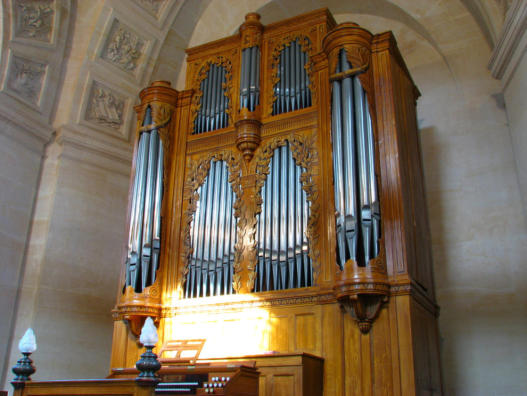

Val-de-Grâce is a former abbey and nowadays
a military hospital. The church was completed
in 1667 and designed by François Mansart and
Jacques Lemercier. It is probably the finest
example of baroque architecture in Paris.
Since the Benedictine nuns provided medical
care for injured revolutionaries during the
French Revolution, the church was not badly
damaged during the revolution. The old abbey
alongside the church is now a museum of
French army medicine.

C1
The organ was built by Aristide Cavaillé-Coll in 1853, for
the church of Sainte-Geneviève, which became the
Pantheon again in 1885. The organ was then transferred
to the Val-de-Grâce by Merklin. He installed a new
console and a Barker machine.
In 1927, works were done by Paul-Marie Koenig:
•
completion of the bass of the Récit
•
construction of a 30-note pedal
•
completion of the pedal stops
•
addition of the follwing stops: cromorne, nazard, voix
céleste, tremolo, bombarde 32 acoustic (Récit), octave
graves GO/Récit
•
(in 1946) addition of a Cornet II to the Récit in place of
the acoustic bombarde, which went to the Pedal.
Classified as a historical monument in 1979 for its
instrumental part, it was restored in 1993 by François
Delangue and Bernard Hurvy. Koenig's additions were
undone, with the exception of the addition of the bass of
the Récit.
Site of the organ
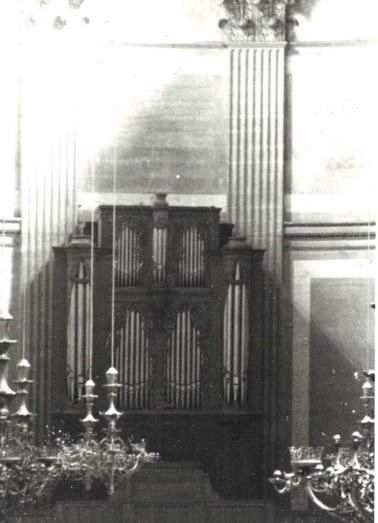
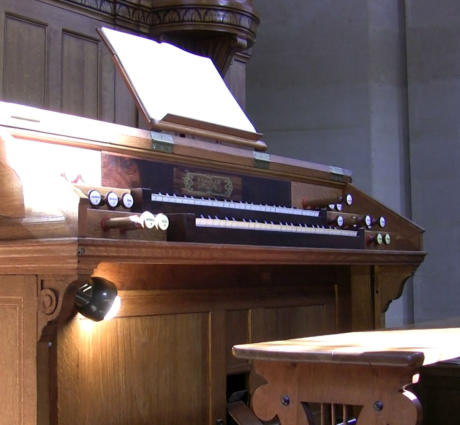
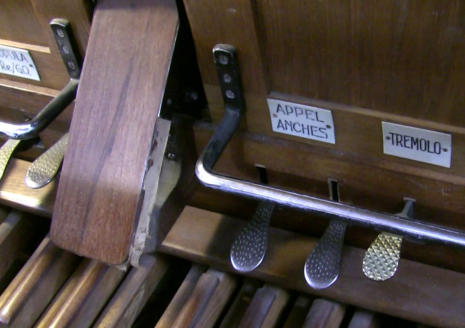
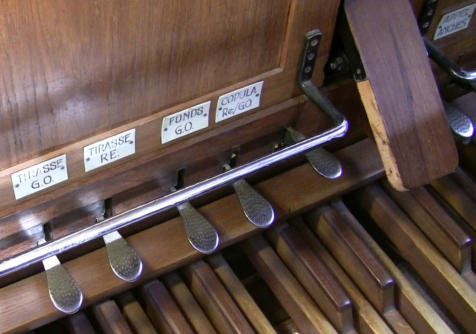
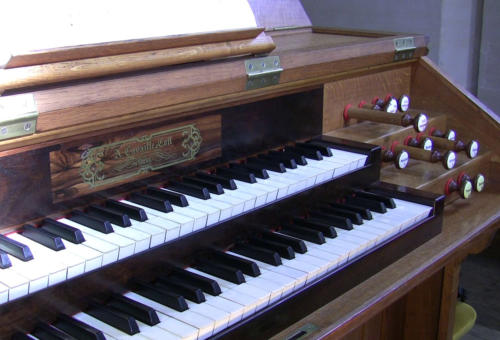
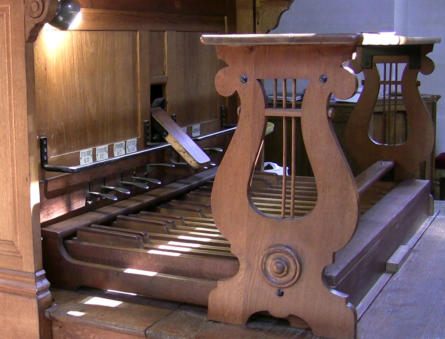
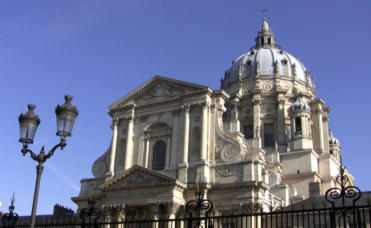

1852 - Aristide Cavaillé-Coll (1)
1891 - Joseph Merklin (6)
1927 - J.M. Koenig (2)
1993 - François Delangue et Bernard Hurvy (4)
II/22 - mechanical traction
composition
An old photo of the organ at his original location:
the Panthéon.
Organiste titulaire
Hervé Désarbre
titulaire-adjoint: Adrien Levassor
Organiste célèbre ayant illustré l’instrument
par le passé: Auguste Durand, Clément Loret
et Léon Laumonnier.
Concerts
First Sunday of the month
october - june, 5:30 AM
Masses with organ
Sunday, 11:00 AM, 8:30 PM
Videos
Yannick Merlin
Photo organ case: Pierre Marteau
Organs of Paris
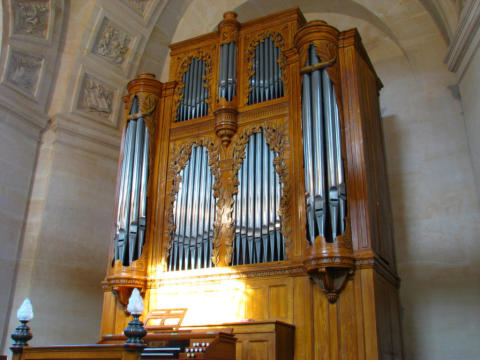
ORGANS OF PARIS © 2025 Vincent Hildebrandt ALL ORGANS
C1
The organ was built by Aristide Cavaillé-Coll in 1853, for
the church of Sainte-Geneviève, which became the
Pantheon again in 1885. The organ was then transferred to
the Val-de-Grâce by Merklin. He installed a new console
and a Barker machine.
In 1927, works were done by Paul-Marie Koenig:
•
completion of the bass of the Récit
•
construction of a 30-note pedal
•
completion of the pedal stops
•
addition of the follwing stops: cromorne, nazard, voix
céleste, tremolo, bombarde 32 acoustic (Récit), octave
graves GO/Récit
•
(in 1946) addition of a Cornet II to the Récit in place of
the acoustic bombarde, which went to the Pedal.
Classified as a historical monument in 1979 for its
instrumental part, it was restored in 1993 by François
Delangue and Bernard Hurvy. Koenig's additions were
undone, with the exception of the addition of the bass of
the Récit.
Site of the organ
1852 - Aristide Cavaillé-Coll (1)
1891 - Joseph Merklin (6)
1927 - J.M. Koenig (2)
1993 - François Delangue et Bernard Hurvy (4)
II/22 - mechanical traction
composition
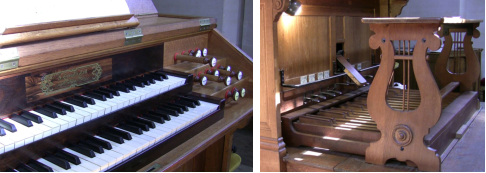
Organiste titulaire
Hervé Désarbre
titulaire-adjoint: Adrien Levassor
Organiste célèbre ayant illustré l’instrument par le passé:
Auguste Durand, Clément Loret et Léon Laumonnier.
Concerts
First Sunday of the month
october - june, 5:30 AM
Masses with organ
Sunday, 11:00 AM, 8:30 PM
Videos
Yannick Merlin
Photo organ case: Pierre Marteau





















